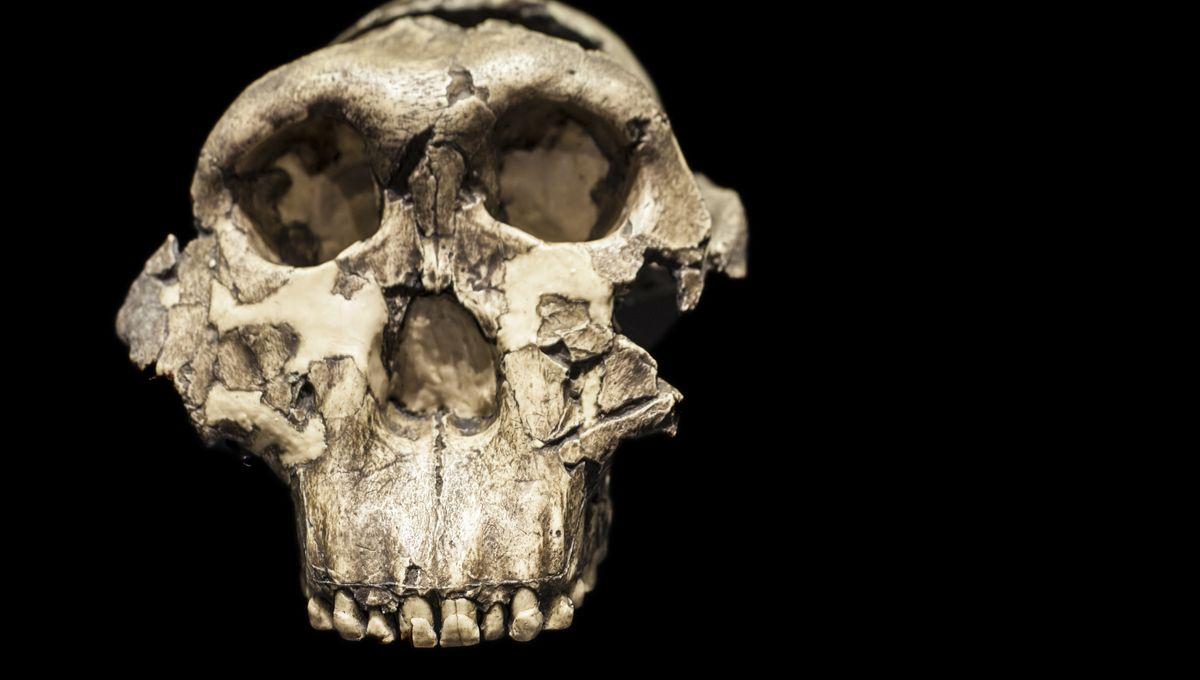2-Million-Year-Old Teeth Reveal Sex Of Prehistoric Human-Like Ape For The First Time

2-Million-Year-Old Teeth Reveal Sex Of Prehistoric Human-Like Ape For The First Time
For the first time ever, scientists have managed to determine the biological sex of an ancient human ancestor that lived in Africa around two million years ago. By analyzing proteins in the prehistoric creature’s teeth, the study authors were also able to shed new light on genetic diversity within the Paranthropus genus, suggesting that a wide range of related populations and subspecies may once have co-existed with the earliest members of the Homo lineage.
Using palaeoproteomics, the researchers were able to retrieve and reconstruct peptides from the dental enamel of four fossil teeth from the legendary Swartkrans cave in South Africa. Based on their morphology, the remains had already been attributed to the species Paranthropus robustus, which lived so long ago that no intact DNA has ever been obtained from any specimen. This lack of genetic material has severely hampered all attempts to learn more about this Early Pleistocene hominin. For instance, until now, it was not possible to determine the sex of P. robustus remains, which means researchers had to resort to speculation based on the concept of sexual dimorphism, whereby males tend to be larger than females. However, by examining the protein sequences retrieved from the four Swartkrans teeth, the study authors were able to confidently identify two male and two female individuals. Notably, one of the smaller teeth turned out to belong to a male, highlighting the pitfalls of relying on dimorphism to tell the two sexes apart. This finding therefore suggests that some Paranthropus males could have been significantly more petite than others, which in turn hints at a high degree of genetic diversity within the genus. According to the researchers, this fits well with the picture that is currently emerging from the continual discovery of new fossils, including the recently identified species Paranthropus capensis, which they describe as “gracile” in comparison to other related specimens. Existing at the same time as early human species such as Homo habilis and Homo erectus, Paranthropus was an ape-like hominin that walked upright but was also well adapted for climbing trees. Overall, the authors found that the protein sequences within the Paranthropus teeth were remarkably similar to those associated with the Homo genus, demonstrating a close genetic relationship with our own lineage. However, one of the teeth differed from the other three by a single amino acid, indicating that this individual may have belonged to a distinct group of Paranthropus and reinforcing the idea that the level of genetic diversity within the genus may be greater than previously thought. Commenting on the significance of these findings, study co-author Dr Marc Dickinson explained in a statement that “to extract ancient amino acids from hominin enamel this old and from this region of southern Africa, is astonishing. It opens entirely new avenues for understanding our evolutionary history on the continent.” Indeed, the researchers point out that while a huge number of human fossils have been unearthed across Africa, the debate over how many separate species are represented by these discoveries remains unresolved. They therefore conclude that “the coherent results obtained from this study combining molecular and morphological data have implications for addressing such long-standing controversies surrounding the nature and extent of Plio-Pleistocene hominin diversity.” The study is published in the journal Science.


